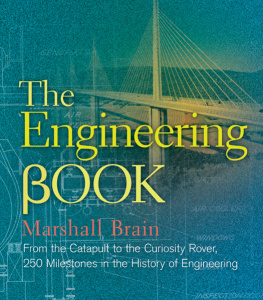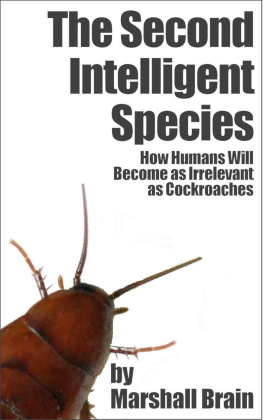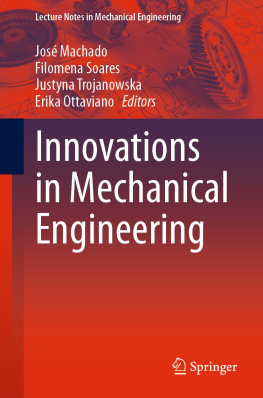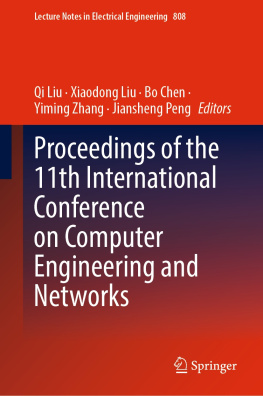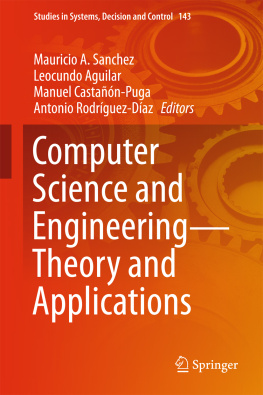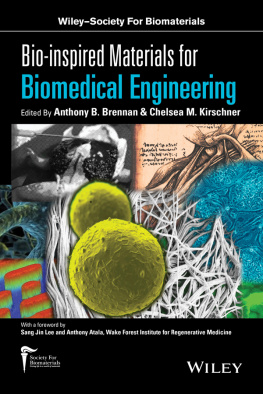Contents
Books by Marshall Brain
How God Works
How Stuff Works
More How Stuff Works
What If?
How Much Does the Earth Weigh?
The Teenagers Guide to the Real World
Manna
The Meaning of Life
THE ENGINEERING BOOK
F ROM THE C ATAPULT TO THE C URIOSITY R OVER: 250 M ILESTONES IN THE H ISTORY OF E NGINEERING
Marshall Brain

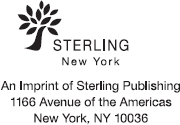
STERLING and the distinctive Sterling logo are registered trademarks of Sterling Publishing Co., Inc.
2015 Marshall Brain
All rights reserved. No part of this publication may be reproduced, stored in a retrieval system, or transmitted, in any form or by any means (including electronic, mechanical, photocopying, recording, or otherwise) without prior written permission from the publisher.
ISBN 978-1-4549-0810-4
For information about custom editions, special sales, and premium and corporate purchases, please contact Sterling Special Sales at 800-805-5489 or specialsales@sterlingpublishing.com.
www.sterlingpublishing.com
This book is dedicated to Dr. Louis Martin-Vega, Dean of the College of Engineering at North Carolina State University. Louis first introduced me to the idea of spreading a positive message about engineering as a powerful force for human advancement, and has encouraged me to do so in many different ways.
And to
The millions of engineers who, step by step over the centuries, have designed and implemented the modern world that we all enjoy today.
Introduction
Simply look around you, wherever you happen to be sitting right now, and chances are that youre surrounded by engineered objects. If you are sitting in a normal office chair, engineers played a big role in its creation. Engineers helped in the design and manufacture of the fabric on the chair, the foam underneath the fabric, the framework that holds the foam and fabric together, the pieces of plastic that make up the armrests, the mechanisms that allow the chair to go up and down and tilt forward and backward, the base of the chair, and the wheels that let it roll around.
You may be sitting in a room where the paint on the wall is engineered, as is the wallboard underneath the paint. The gypsum in the wallboard may come from a power plant, where one engineer designed a scrubber to extract sulfur from the smokestack by turning that sulfur into gypsum, and then another engineer designed the factory that took the gypsum and turned it into wallboard. In your room, chances are that the air you are breathing has been cleaned by an engineered filter attached to an engineered HVAC system, which is controlled by an engineered thermostat so that the temperature is always right. The engineered fan in the HVAC unit gets its power from the engineered power grid, which connects back to the engineered power plant that may have produced the gypsum.
Sitting nearby you may have a number of electronic devices, all created by a wide variety of engineers. For example, you may have a smart phone or tablet on the table, a nice HDTV on the wall, and a digital clock that sets itself using a radio station in Colorado. Electrical engineers, software engineers, industrial engineers, and mechanical engineers make those kinds of things possible.
Stepping outside, you see a road populated with dozens of complex automobiles, perhaps with a remarkably safe passenger jet flying overhead at 550 mph (885 kph). Under the road are sewer pipes, water mains, storm water drains, telephone and cable TV wires, and gas pipelines. All these are engineered, too.
And then there are the radio waves. Completely invisible to you, you are surrounded by thousands of different radio signals, all made possible by engineers. Every AM radio station, FM radio station, and television station in your area is flowing past you right now in the form of radio waves on different frequencies. Every cell phone in your area is in constant communication with its local tower. A smart phone typically has multiple radios for voice calls, along with a separate radio system for Wi-Fi and another for Bluetooth. Every other Wi-Fi hotspot and Bluetooth device in the nearby area is bathing you in radio waves, as is every tablet, laptop, and desktop computer using Wi-Fi. Then there are hundreds of satellites overhead transmitting GPS signals, satellite TV signals, Iridium phone signals, weather satellite signals, and so on. Plus there are many more radios out there: fire and police radios, water meter radios, temperature and rainwater sensor radios, remote controls for the garage door opener and the key fob that unlocks the car door. It just boggles the mind if you think about it. Not one bit of this would be possible without engineers who bring it all to life, along with a regulatory structure that keeps all of the radio signals from interfering with each other.
Engineers are an amazing group of people who make our modern world possible. In the United States there are about two million engineers practicing their craft, for the most part invisibly and without much fanfare. But if we didnt have these engineers, we would be back in the Stone Age.
Here we are, about to embark on a fascinating journey together into the world of engineering. It might be helpful to answer the question: what, exactly, is engineering? A good starting point would be the Random House Websters Unabridged Dictionary, which defines engineering in this way: the art or science of making practical application of the knowledge of pure sciences, as physics or chemistry, as in the construction of engines, bridges, buildings, mines, ships, and chemical plants.
Here is another definition, from Merriam-Websters Collegiate Dictionary: the application of science and mathematics by which the properties of matter and the sources of energy in nature are made useful to people.
Another good way to understand engineering is to think about all the engineering disciplines that you find in industry, or that you find being taught at a large engineering university. For example, if we look at the College of Engineering at a big school like North Carolina State University, we find these departments:
Biological and Agricultural Engineering (BAE)
Biomedical Engineering (BME)
Chemical and Biomolecular Engineering (CBE)
Civil, Construction, and Environmental Engineering (CCEE)
Computer Science (CSC)
Electrical and Computer Engineering (ECE)
Industrial and Systems Engineering (ISE)
Forest Biomaterials (FB)
Integrated Manufacturing Systems Engineering Institute (IMSEI)
Materials Science and Engineering (MSE)
Mechanical and Aerospace Engineering (MAE)
Nuclear Engineering (NE)
Operations Research (OR)
Textile Engineering, Chemistry and Science (TECS)
There are also some specialized areas. For example, petroleum engineers deal with oil drilling and refining. Nanoengineers work in the emerging area of nanotechnology. And so on.
As you read these definitions and the list of disciplines, you start to form a mental image of what engineers do for society. Civil engineers who design bridges, for example, have been trained to understand the mathematics, software tools, best practices, and regulations having to do with the design and construction of safe, reliable, long-lasting bridges. We see their work all around us. The Golden Gate Bridge in San Francisco is considered to be an engineering masterpiece, as is the Millau Viaduct in France. Occasionally engineers get it completely wrong, however, as was the case with the Tacoma Narrows Bridge. From these mistakes, engineers learn valuable lessons that they codify and apply to all future bridge projects. Engineering is a profession where the members constantly communicate with and learn from each other so that technology advances.

